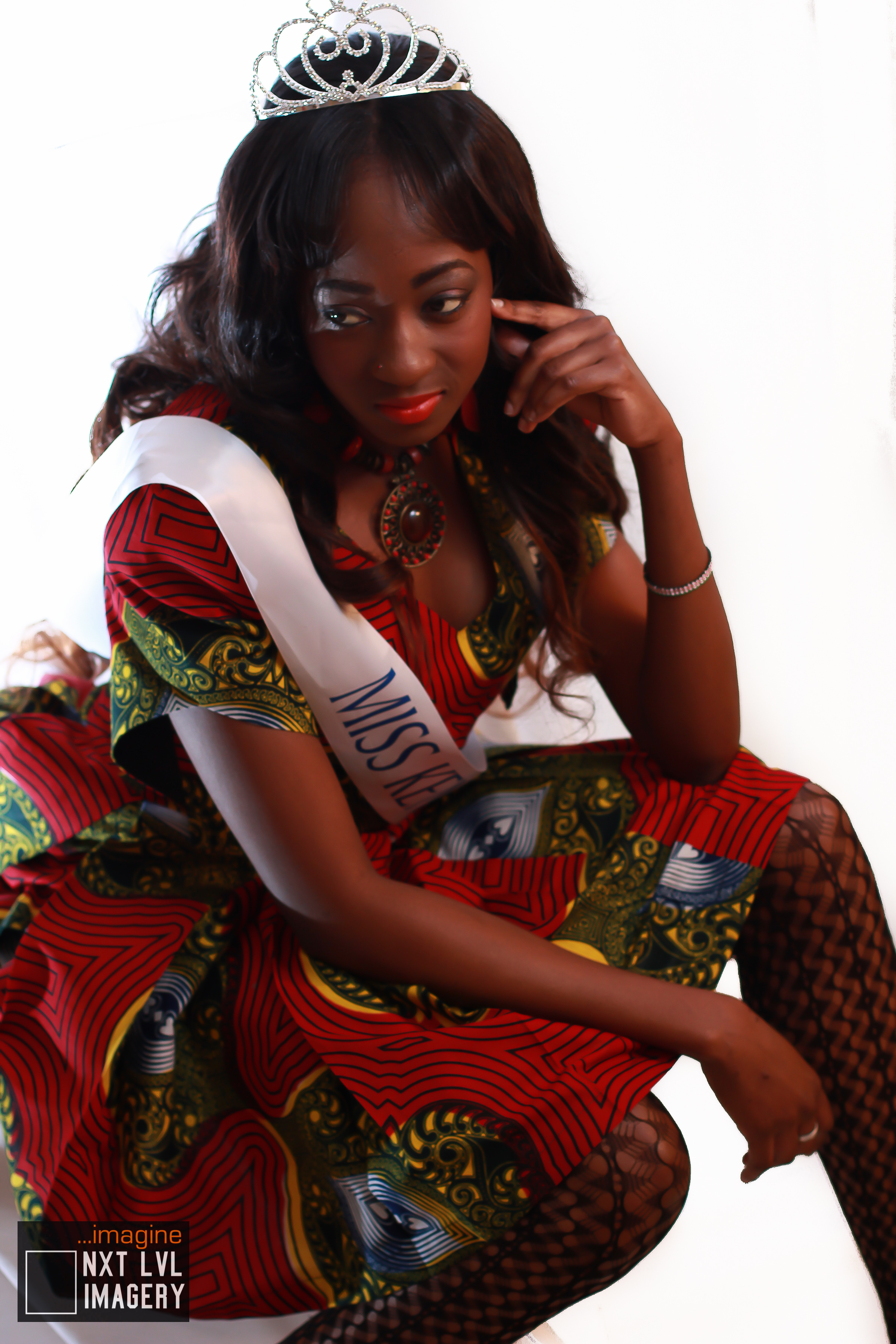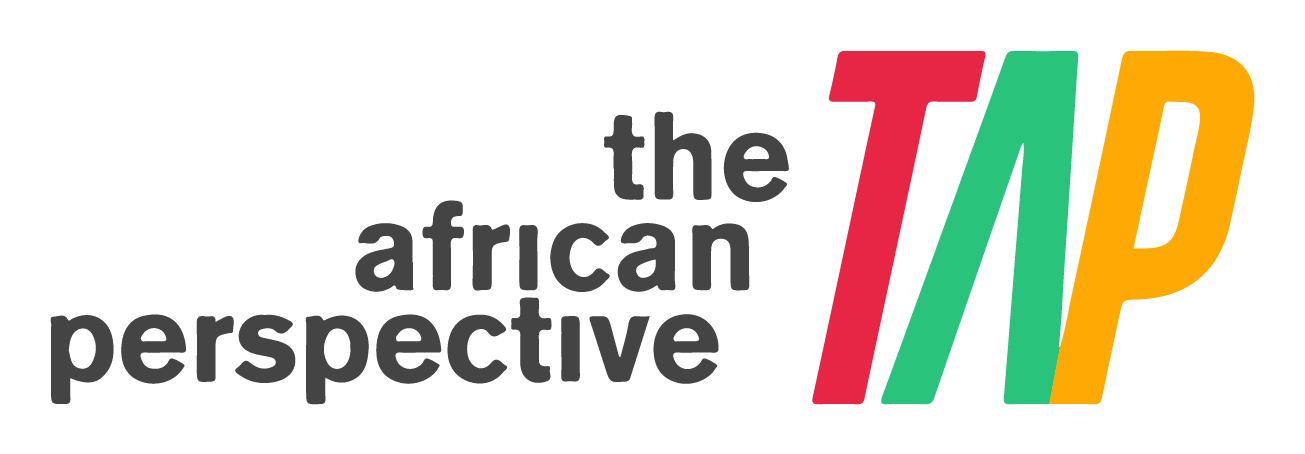Sickle Strong Initiative - Dr. Marie Ojiambo
I was born into a family of four (second born) children where my brother, our first born also suffers full-blown sickle cell disease. My two younger siblings do not suffer the condition, one having normal hemoglobin while the other is a carrier but totally asymptomatic for the disease. My family has learnt how to work around my brother and myself especially when we fall sick and require extra attention. While younger, the burden of sickle cell disease on my body seemed to be greater. As I grew, I’ve learnt how to take care of my body and how to listen to it and look out for any impending complications or infections that could lead to a crisis episode. I now suffer less pain and I’m leading a much more productive life.
Many sickle cell warriors suffer like me, while others suffer way beyond me with this disease. Sickle cell disease, the most common genetic disease in the world is prevalent amongst people whose families come from Africa, South or Central America (especially Panama), the Caribbean islands, Mediterranean countries (such as Turkey, Greece, and Italy), India, and Saudi Arabia.
In the United States, about 1 in every 500 African Americans are born with the disease. Hispanic Americans are also affected at a rate of about 1 in 1,000 to 1,400. The trait in Africa is three times that in USA. In certain parts of Africa today, the frequency of the mutant gene for sickle-cell (HbS) is very high at about 5-20% of the population. West Africa, Central Africa and East Africa are most affected. In countries such as Cameroon, the Republic of Congo, Gabon, Ghana and Nigeria, the prevalence is between 20% and 30% while in some parts of Uganda it is as high as 45%!
Sickle cell hemoglobin or HbS differs from normal adult hemoglobin or HbA by an amino acid substitution. Amino Acids are building block of proteins that are synthesized in the body in certain orders. Any deviation in the sequence or order of an amino acid causes a mutation or production of an abnormal protein which then causes distortion of red blood cells at low oxygen tension states leading to sickling, premature destruction of these cells. This hemolysis is responsible for the anemia that is the hallmark of sickle cell disease. Sickle Cell Anemia is the homozygous state in which 90% of hemoglobin in a person is HbS.
 The presence of HbS can cause red blood cells to change from their usual biconcave, fluffy disc shape to a crescent or sickle shape due to decreased oxygen states. Acute and chronic tissue injury can occur when blood flow through the vessels is obstructed by the abnormally shaped and rigid sickled cells; complications include painful episodes involving soft tissues and bones, acute chest syndrome, priapism, cerebral vascular accidents, and both splenic and renal dysfunction.
The presence of HbS can cause red blood cells to change from their usual biconcave, fluffy disc shape to a crescent or sickle shape due to decreased oxygen states. Acute and chronic tissue injury can occur when blood flow through the vessels is obstructed by the abnormally shaped and rigid sickled cells; complications include painful episodes involving soft tissues and bones, acute chest syndrome, priapism, cerebral vascular accidents, and both splenic and renal dysfunction.
Individuals carrying just one copy of the sickle mutation (inherited from either the father or mother) are known not to develop sickle cell trait, leading rather normal lives and not showing symptoms of the disease. However, it is found that these same individuals, said to carry the sickle cell trait, are in fact highly protected against malaria, thus explaining the high prevalence of this mutation in geographical areas where malaria is endemic. Sickle hemoglobin is not favorable for the sustenance of the Plasmodium parasite that infects red blood cells in malaria, reducing the number of parasites that actually infect the host and thus conferring some protection against malaria
In my home country of Kenya, there is currently no data provided by the ministry of health on the prevalence of the disease. However, the disease is predominantly found in the Coastal and Western regions of the country. These are malaria endemic areas and include the towns of Mombasa, Lamu, Malindi and Kisumu as well as Busia, Bungoma, Sio port, Nyanza and Homa Bay in the West.
To date, there is no known cure for Sickle cell disease. However advances in stem cell research and bone marrow transplant therapy have brought to light options used in the treatment of the disease. Though costly, these surgical interventions are used to treat extremely critical cases. Genetic counseling is the only known method of prevention of this disease. Young couples especially from endemic areas are encouraged to undergo screening prior to conception.
ADVOCACY
My Not for profit; the Sickle Strong Initiative, a Kenya based NPO seeks to create awareness around the control and management of the disease and to help foster a positive attitude amongst patients living with the disease.
I’ve used and continue to use this initiative to awaken the voices of those suffering the disease in Kenya. Through public awareness campaigns and media outreach exercises, Sickle Strong Initiative is encouraging those suffering from the disease to speak out. We’re also urging the Kenyan government to pay full attention to this vulnerable group and give them access to full healthcare benefits that they so much need to lead a good quality of life.
A lesson I’ve learnt from my own personal battle is that God only dictates one’s life span. I encourage other warriors to stay strong and positive. Listen to your body and learn what works for you. Keep away from anything that may cause your body pain or illness. It is indeed a tough fight, but it is also a manageable one.
Some issues faced by patients suffering this disease, their families and medical personnel include:
- Lack of medical supplies. .
- Institutional factors: Barriers associated with health facilities.
- Poverty.
- Lack of SCD screening equipment.
- Lack of financial preparedness by patients/families.
- Poor Quality of Sickle cell care in medical institutions.
- Level of knowledge among health workers.
- Decreased staff motivation. (Health workers).
- Increased workload among health workers.
- Lack or decreased levels of education among care givers and health workers.
SUPPORT To support Sickle Strong Initiative, visit www.sicklestronginitiative.com/
Marie Ojiambo is a Doctor of Pharmacy currently pursuing an MSc in Industrial Pharmacy at St. Johns University, Queens, NY. Her career focus lies in the area of Drug Research and Development. Marie is also a former Miss Kenya USA Crown holder.
Article initially published in TAP MAG ISSUE 3


